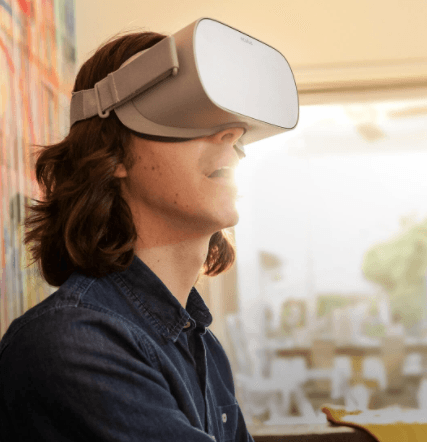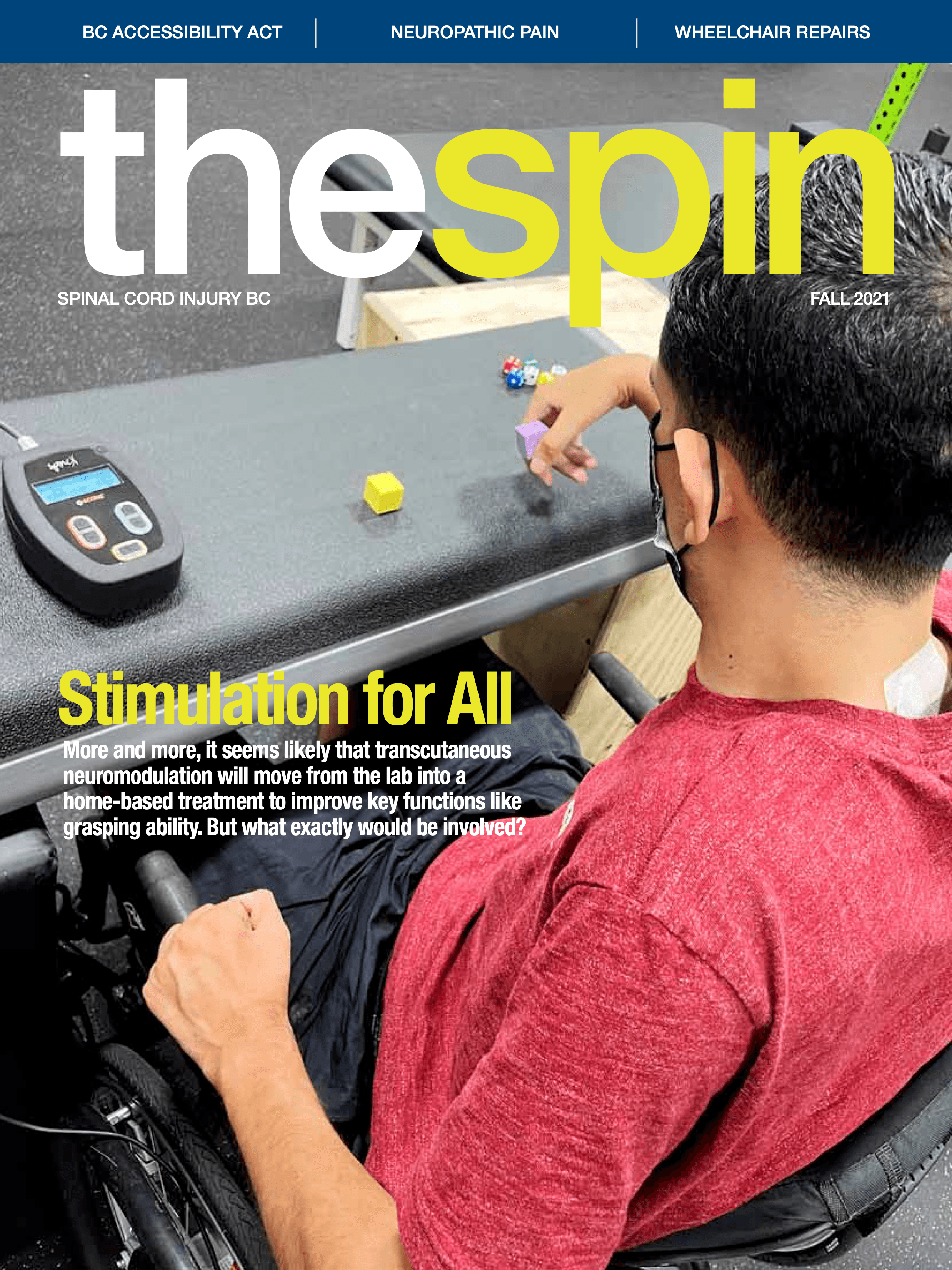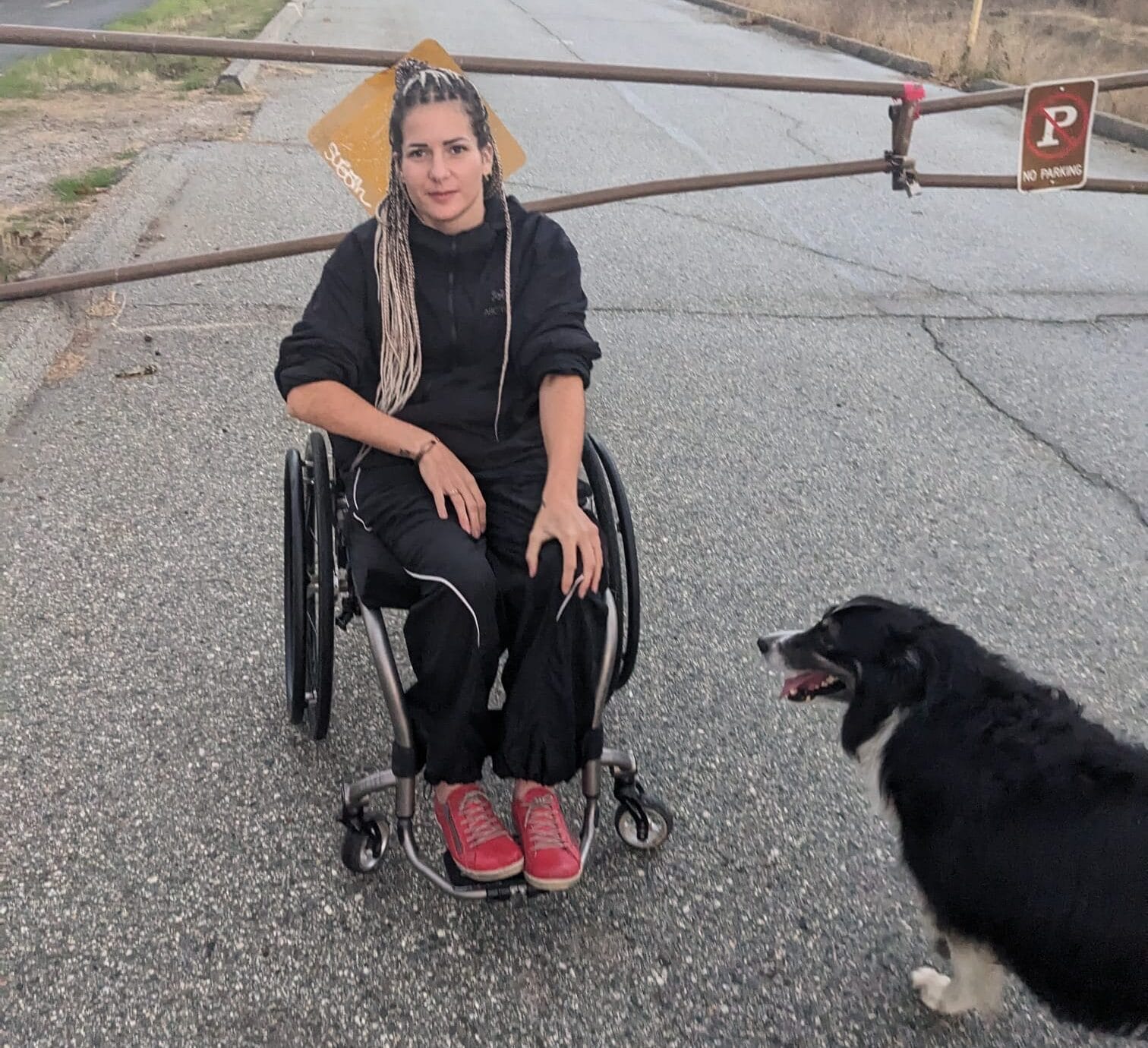How does the immersive world of 2D and 3D virtual reality result in pain relief?

Researchers are testing the potential of virtual reality (VR) immersion as a way of “tricking” people into believing they’re using or feeling their legs—and alleviating neuropathic pain in the process. VR creates an immersive virtual world—users experience the illusion of “moving” and interacting in it. VR can be very simple—for example, it can be experienced in 2D using a regular computer screen. But it can also be very complex and realistic, as with the 3D type of VR that’s created when users put on VR goggles.
While a number of studies have been done, most have been small scale and, while pain relieving effects have been determined in many, they are inconclusive and leave many questions unanswered—for example, what is the active mechanism, and what is the duration of pain relief?
One researcher with a healthy interest in the subject is Dr. Phil Austin, a postdoctoral research fellow at Greenwich Hospital in Sydney, Australia. In the past two years, he’s been part of two scoping reviews, in which he and his colleagues attempted to find and assess all high quality research papers related to VR’s ability to relieve SCI neuropathic pain. What he and his colleagues have confirmed is that VR appears to provide a reliable short-term analgesic effect, even with a simple 2D system.

CBT and VR in tandem provide greater pain relief
But he says that the evidence also points to VR’s potential for more lasting benefits. “If used regularly, especially with cognitive-based applications, long-term relief is also shown,” says Austin. “This applies to the use of both 3D and 2D VR applications. The key message with the regular use is that the patient has a non-pharmacological adjunct therapy to help control their pain.”
The cognitive-based applications he’s referring to rely on cognitive-based therapy, or CBT, in which patients are taught methods of challenging and changing how they perceive pain, and developing personal coping strategies. Used in tandem with VR, Austin says the pain relieving ability is that much greater. Intrigued by what he discovered in the existing literature, Austin set out to add to the body of knowledge with his own study of VR. He teamed up with colleagues at the University of Sydney to specifically compare the pain-relieving capabilities of a 3D head-mounted VR device with a 2D screen.
Trial comparing 2D and 3D virtual reality with sixteen men who had SCI
Sixteen men with SCI and chronic neuropathic pain participated in a single-session randomized cross-over trial. “We used commercially-available VR hardware, namely Oculus Rift goggles for the 3D and an Alienware laptop for the 2D experience,” explains Austin. “We also used commercially-available software (Nature Treks) on both the 3D and 2D platforms. In other words, we were testing the level of immersion (2D versus 3D) rather than what participants were watching.”
Level of immersion is essentially the degree to which the VR experience is convincing, or realistic. Obviously, a 3D experience is a more powerful and convincing experience than watching the same “walking experience” on a 2D laptop screen. The software, Nature Treks, offers a relaxing ambient virtual reality experience—users are given the sensation of walking through a variety of peaceful, natural settings.
Level of immersion associated with neuropathic pain relief
The results of the study were published in a paper titled The short-term effects of head-mounted virtual-reality on neuropathic pain intensity in people with spinal cord injury pain: a randomized cross-over pilot study. It appeared in the journal Spinal Cord last October. The essence of the findings was that, as expected, the 3D VR experience provided the best bang for the buck.
“We were able to determine that the level of immersion, or presence, was associated with the level of neuropathic pain relief,” says Austin. “Second, the short-term pain relief was also greater than most previous studies. Our findings suggest that 3D VR applications provide neuropathic pain relief in people with SCI. Given the lack of cybersickness and ease of access, including availability and price, 3D VR would be a helpful addition to neuropathic pain medication.” Austin and his colleagues also suggest that further studies using VR applications in concert with cognitive-based therapy, as well as physical rehabilitation, may show permanent reductions in SCI pain.
Why does this result in pain relief?
Austin believes there are two mechanisms. “Concerning short term pain relief, VR provides a simple distraction away from pain towards an alternative stimulus—in other words, by hijacking attention, emotion and memory,” he says. “Here, it has been shown that VR stimuli stimulate brain regions associated with pain modulation.
Alternatively, neuroplasticity refers to more long-term pain relief. Here, with repeated use, it is suggested that more long-term changes in function and structure in pain-related brain regions takes place. This has been shown in other areas, where, for example, the practice of skills such as playing a musical instrument or a sport affects brain areas involved in proprioception and coordination.” Could it be possible that engaging in repeated VR treatments is also helping people to rebuild a compromised body map, just as the cognitive multisensory rehabilitation, or CMR, that Dr. Van de Winckel is testing at the University of Minnesota? As always, good research always seems to lead to more questions, and VR-based therapy for SCI neuropathic pain relief clearly needs to be investigated with larger trials to determine the answer to this question, along with its full potential. In the interim, there’s nothing to stop readers from trying the VR experience themselves—the new version of the Oculus headset, the Quest 2, sells for about $400.
Could it be possible that engaging in repeated VR treatments is also helping people to rebuild a compromised body map, just as the cognitive multisensory rehabilitation, or CMR, that Dr. Van de Winckel is testing at the University of Minnesota? As always, good research always seems to lead to more questions, and VR-based therapy for SCI neuropathic pain relief clearly needs to be investigated with larger trials to determine the answer to this question, along with its full potential. In the interim, there’s nothing to stop readers from trying the VR experience themselves—the new version of the Oculus headset, the Quest 2, sells for about $400.
This article was originally published in the Fall 2021 issue of The Spin and featured two other studies on neuropathic pain relief. Read more here:
- Cognitive Multisensory Rehabilitation: Restoring body awareness for neuropathic pain relief
- Hot Sauce Relief: Low concentration topical capsaicin to relieve neuropathic pain

Read more stories from the Fall 2021 issue of The Spin, including:
- Breakdown Blues
- Emergency Preparedness
- Accessible BC Act
And more!



